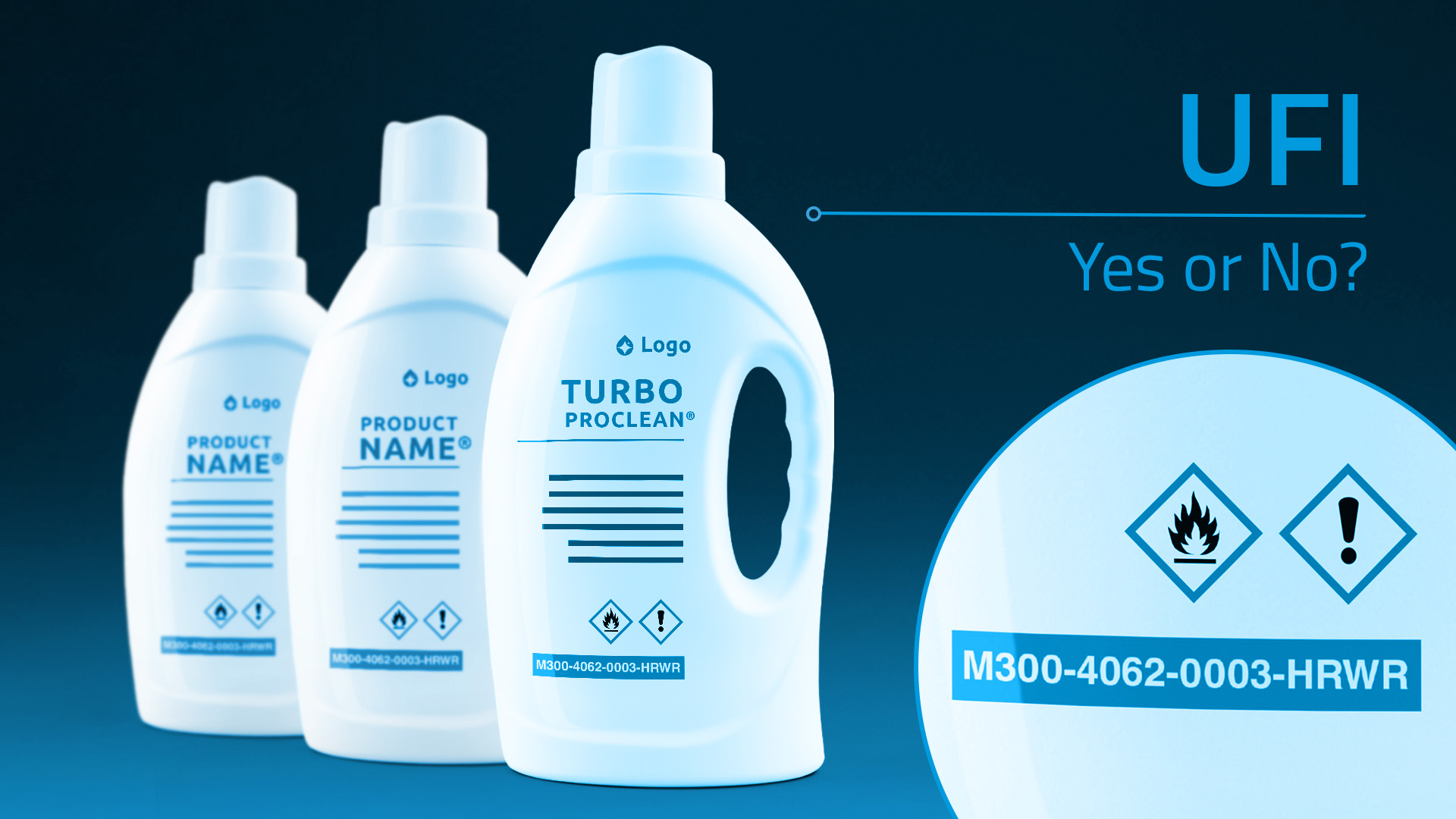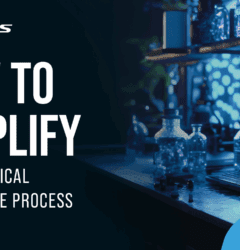08 May

Learn why the Unique Formula Identifier (UFI) is a critical part of chemical compliance, connecting your product to poison notification centers (PCNs) like ECHA for accurate safety data sheet management.
Why the UFI is Essential for Compliance: Understanding Unique Formula Identifiers, PCN, and Safety Data Sheets
When it comes to chemical compliance, a small code can make a big difference. The Unique Formula Identifier (UFI) is a crucial element for ensuring your products are safe and compliant. If you work with hazardous mixtures in the European Economic Area (EEA), you’ve likely encountered terms like UFI, PCN (Poison Notification Center), and safety data sheets (SDS). Understanding these components is essential for regulatory compliance and protecting public health.
What is a UFI?
A Unique Formula Identifier (UFI) is a 16-character alphanumeric code required for all hazardous mixtures placed on the market within the EEA. This code connects the product’s formulation to the poison notification system, ensuring emergency responders have accurate information in case of accidental exposure. It’s like a digital fingerprint for your chemical products, providing critical data when every second counts.
Why You Need a UFI
The UFI is not just a regulatory formality. It plays a critical role in:
- Safety: It links the chemical composition of your product to the poison center database, helping medical professionals provide effective treatment.
- Compliance: Without a UFI, your products risk being pulled from the market or facing hefty fines.
- Transparency: It ensures accurate, accessible information for consumers, businesses, and regulators.
The Role of PCNs in UFI Compliance
Poison Notification Centers (PCNs) across Europe, including the European Chemicals Agency (ECHA), rely on UFIs to quickly identify chemical mixtures during emergencies. When you register a UFI, you are essentially building a bridge between your product and the first responders who might one day need to protect lives using this data.
Connecting the Dots: UFI, SDS, and ECHA
For businesses handling hazardous chemicals, the UFI isn’t just a label requirement. It’s tightly linked to the safety data sheet (SDS) of each product. The ECHA mandates that each mixture’s UFI be included on both the SDS and the product label to ensure complete traceability. This seamless integration is designed to reduce risks and improve response times in emergencies.
How to Generate a UFI
Creating a UFI can be straightforward with the right tools. Platforms like Chemius offer automated UFI generation as part of their safety data sheet management systems, reducing the risk of errors and ensuring full compliance. With a few clicks, you can:
- Generate UFIs for multiple formulations
- Update your SDS with the correct UFI
- Stay ahead of changing regulations
Do you want to do UFI and PCN on your own?
Ignoring the UFI requirement is a risky move for any business. Fines, product withdrawals, and potential legal liabilities are just a few of the consequences. By integrating UFI management into your compliance strategy, you can protect your business and the people who rely on your products.
Ready to make UFI compliance easy? Create a FREE basic account with Chemius Pro Flex and see how it simplifies UFI generation and SDS management.
🔗 Register now: Create your free account
🗓️ Or book a FREE demo: Book a demo


